Vietnam is facing a crucial turning point, now R&D is no longer an option but a mandatory condition to overcome the middle-income trap and rise to the group of high-tech countries.
A strong focus on accelerating R&D is crucial to shaping Vietnam's position in the coming decades.
R&D is the key piece
After nearly 40 years of comprehensive innovation, Vietnam has achieved encouraging results, creating a foundation and momentum to move towards the goal of becoming a high-income developed country by 2045. Vietnam is emerging as a growth star of the world . But to continue to shine and reach far in the era of Industrial Revolution 4.0, Vietnam needs to focus strongly on research and development (R&D) capacity. If it is slow, Vietnam risks falling into the "sandwich" situation - unable to compete in production costs with later-developing countries and not yet competitive in technology with advanced countries.
Despite playing a key role in Vietnam's development in the coming time, R&D is still a "gray puzzle". First, the total investment in R&D (including the budget and enterprises) is still too low, less than 0.7% of GDP, lower than other countries in the region. This figure is only a small fraction of China (2.68% of GDP in 2024). The gap between research and application is still very large, leading to many research results not being commercialized, not being converted into practical products to create economic value and improve people's lives.
In addition, Vietnam's R&D human resources are still limited in both quantity and quality. Currently, the ratio of R&D human resources is less than 10 people per 10,000 people - only 7.6% of Korea, 13% of France, 29.8% of Malaysia and 58% of Thailand. Notably, more than 84% of Vietnam's R&D human resources are concentrated in the state sector, while the non-state sector - the main driving force of innovation - accounts for less than 14%.
The high-quality human resource training system has yet to meet development needs, with the rate of the population aged 18 to 29 attending university reaching just under 29% - much lower than the average of over 50% in upper-middle-income countries.
At the same time, Vietnam lacks universities, research institutes and businesses capable of implementing global R&D projects. The R&D environment is also not attractive enough, leading to a brain drain as many R&D talents seek work opportunities abroad.
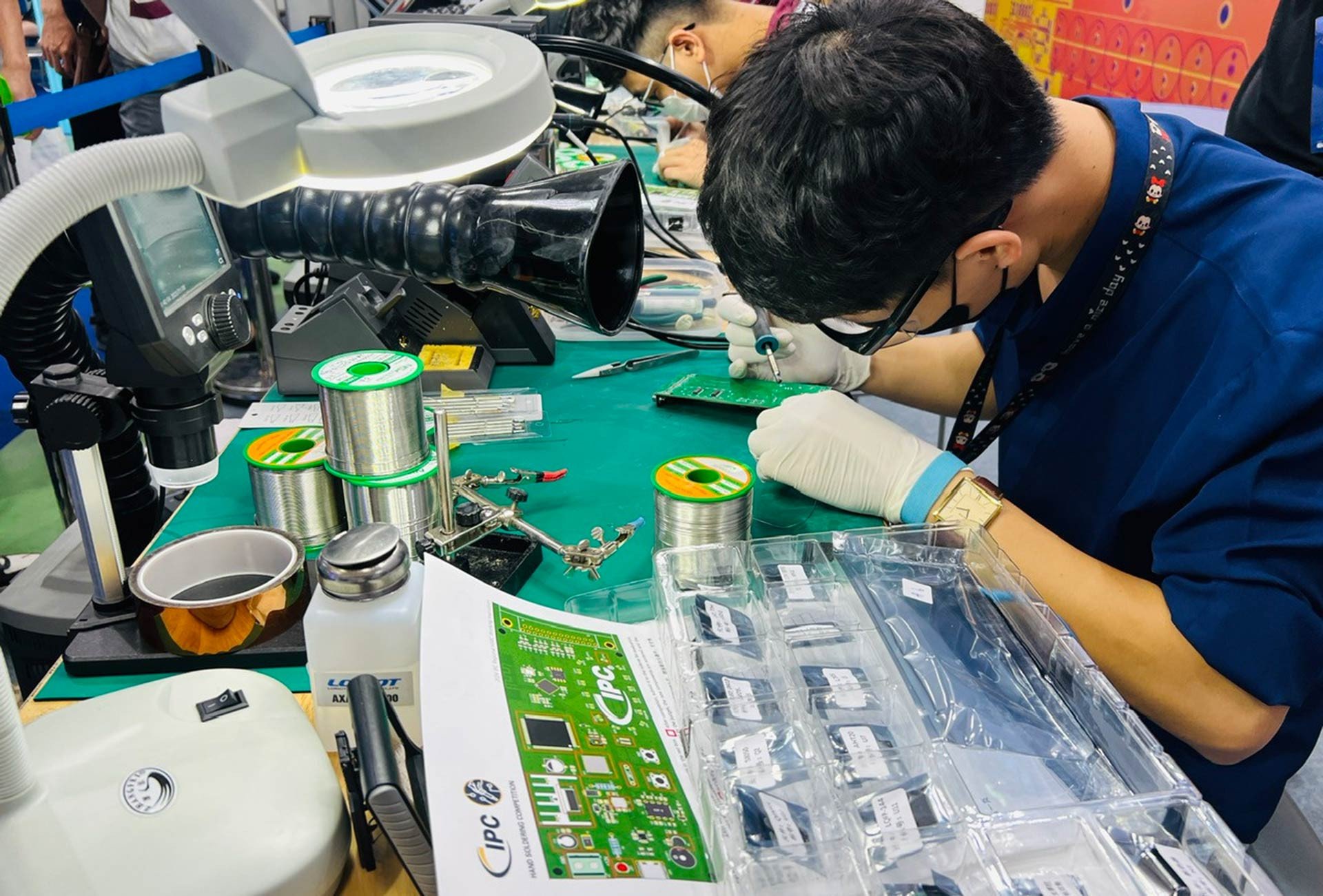
Another major barrier is that Vietnam’s R&D ecosystem remains fragmented and lacking cohesion. Currently, the Government mainly plays a management role, while large enterprises operate individually without close coordination with research institutes and universities. In particular, Vietnam has not effectively taken advantage of the participation of global technology corporations to connect international knowledge and technology flows, while promoting talent development and increasing investment in R&D.
Strategy to rapidly increase investment in R&D creates a foundation for acceleration
The goal of increasing the ratio of spending on R&D to 2% of GDP by 2030 is not only an orientation but also a mandatory requirement to improve competitiveness and ensure sustainable development of Vietnam. Investment in R&D not only reflects a country's innovation capacity but is also the key to helping Vietnam overcome the middle-income trap and rise to the group of high-tech countries. To achieve this goal, Vietnam needs a comprehensive and drastic strategy, focusing on three main pillars: increasing spending on R&D from the state budget, promoting large domestic enterprises to invest heavily in R&D and attracting global technology corporations. Close coordination between these three directions will create a strong push, promoting the R&D ecosystem to develop dramatically, bringing Vietnam closer to the goal of becoming an innovation-based economy.
Increasing state budget spending on R&D: The foundation for innovation and national competitiveness
Increasing state budget spending on R&D is not only the first step but also an important foundation for creating technological breakthroughs in the future. This is evidence of the State's strong commitment to long-term investment in science, technology and innovation, creating trust and promoting the private sector to participate deeply in the process of technological innovation.
Experience from advanced countries shows that public investment in R&D can create a strong spillover effect. Israel allocates more than 1% of its GDP from the state budget to directly fund research projects, contributing to building a world-leading advanced technology ecosystem. South Korea uses the state budget to develop national research centers and heavily subsidize key industries such as information technology and semiconductor materials, encouraging private enterprises to increase R&D investment and creating a spillover effect throughout the economy.
To achieve similar progress, Vietnam needs to increase the state budget for R&D from about 0.2% to 0.5% of GDP by 2025 and reach a higher level by 2030. This is not only a sign of a strong commitment from the State but also an important lever to encourage and promote businesses and research teams to strongly participate in technology development.
Promoting large domestic enterprises to invest in R&D: The driving force for Vietnam to make technological breakthroughs
Large domestic enterprises not only possess strong financial potential but also have high-quality human resources and management capacity to implement large-scale R&D projects. When these enterprises invest heavily in R&D, they not only create technological breakthroughs but also pull the entire domestic value chain to develop together, spreading to the entire economy.
Tax incentives are an important tool to reduce the financial burden, helping large enterprises focus resources on R&D. Policies such as R&D expense deductions or applying significantly lower tax rates for high-tech projects will encourage enterprises to invest more heavily in AI, renewable energy and cutting-edge technologies.
Talent is the key to success in R&D development. However, Vietnam is facing a brain drain problem, as many AI and big data experts choose to work in Singapore, Japan or the US, where they have higher salaries, better working environments and development opportunities.
Accordingly, the State, on the one hand, needs to support large domestic enterprises to attract and retain high-tech talent, and on the other hand, cooperate with large enterprises to build specialized technology training programs. Korea was successful in supporting Samsung to cooperate with universities in the 1990s, training a generation of talented engineers, contributing to making Samsung the world's leading technology corporation.
For large domestic enterprises to become the main driving force for R&D growth and global expansion, Vietnam needs a comprehensive strategy, including: tax incentives to encourage technology investment; administrative procedure reform to promote the innovation environment; and high-tech talent development to build sustainable competitive advantages.
When policies are flexibly designed to suit the actual needs of businesses, large domestic enterprises will play the role of "locomotives", attracting hundreds of small and medium-sized enterprises to participate in the technology ecosystem, creating a strong momentum for Vietnam to enter the group of high-tech countries in the world.
Attracting global technology corporations: The key to Vietnam becoming a regional R&D hub
Attracting global technology corporations to invest in R&D not only helps Vietnam increase financial resources for R&D but, more importantly, also promotes technology transfer and local talent development. A clear example is Samsung's $220 million R&D Center in Hanoi, which not only focuses on researching new technologies but also trains thousands of Vietnamese engineers, directly contributing to the development of the domestic technology ecosystem.
It is necessary to show global technology corporations that Vietnam is an optimal destination in terms of cost and research efficiency. Some strong solutions that can be applied include: exempting corporate income tax for the first 10-15 years for large R&D centers; strongly reducing tax rates for investments in pioneering technologies such as artificial intelligence (AI), renewable energy, semiconductor technology; minimizing administrative barriers, etc.
When Vietnam can create an environment that combines attractive tax incentives, favorable administrative procedures, and abundant talent – not only from within the country but also from around the world – technology corporations will consider Vietnam a top destination to expand R&D activities.
"Standing on the Shoulders of Giants" Strategy: Making the Most of Global Intelligence to Accelerate
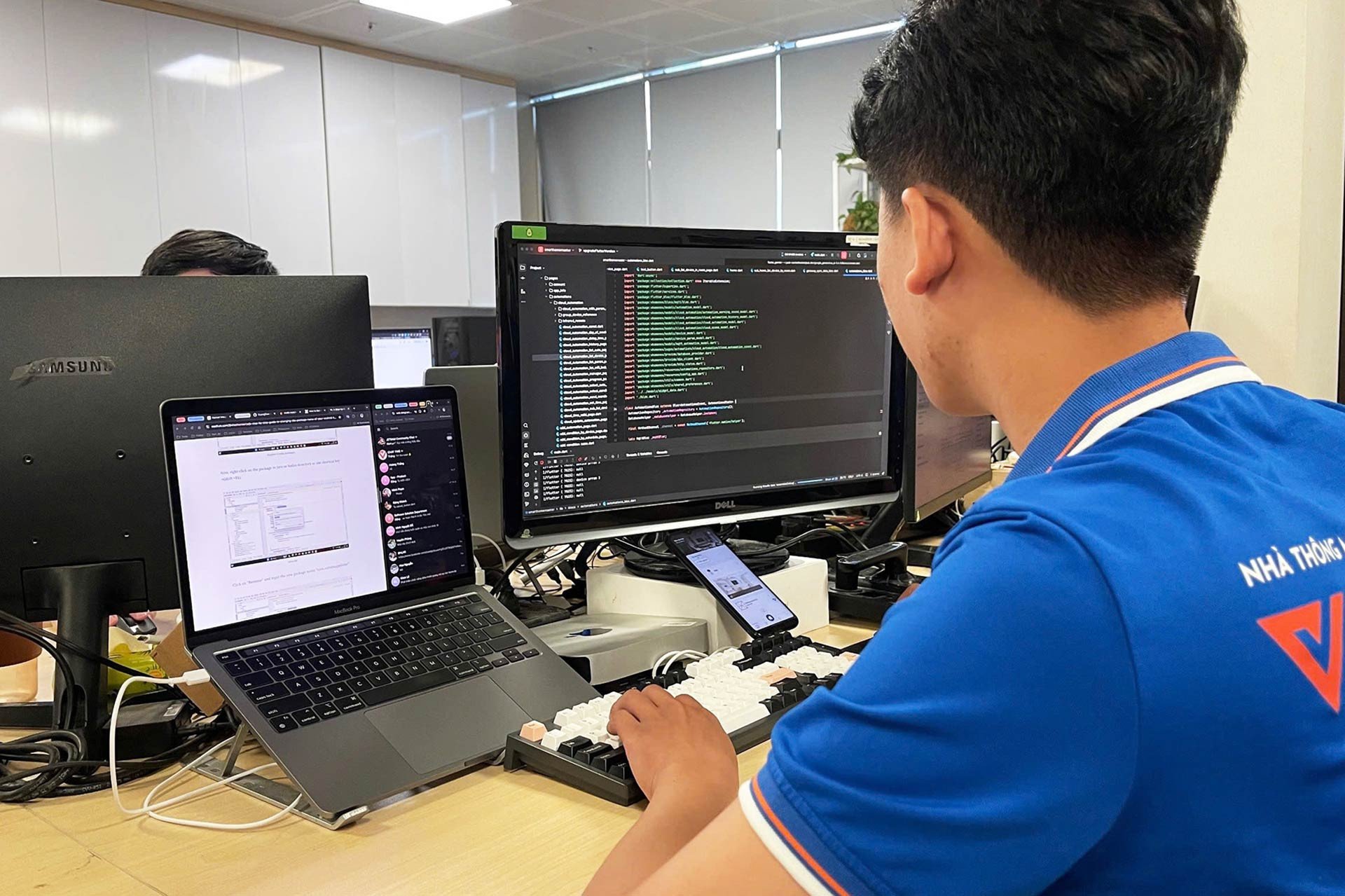
Heavy investment is necessary, but talent is the decisive factor in the success or failure of R&D development. With a low starting point, limited knowledge accumulation and modest R&D experience, Vietnam needs to make the most of global intelligence to shorten the gap, promote innovation and quickly catch up with developed countries.
Attracting world-class experts: A launch pad to catch up with cutting-edge technology
One of the fastest ways to narrow the technology gap is to proactively invite the world's leading experts to work in Vietnam, lead major projects and train young human resources. This will help: quickly access advanced scientific knowledge and apply it in practice; connect domestic R&D teams with the global scientific community; form a "career transfer" model, create a direct learning environment where international experts directly guide and develop a generation of young Vietnamese talents.
To do this, Vietnam needs a special mechanism to attract international talent, including: granting long-term visas to create favorable working conditions; personal income tax incentives, reducing financial barriers when international experts come to Vietnam; financial support for research, helping them easily implement key R&D projects.
Promoting Vietnamese talent abroad: Core force for R&D development
Due to historical circumstances, Vietnam has a large pool of talented people working in leading R&D centers in the world such as the US, Japan, Germany, and South Korea. This is a valuable resource that Vietnam needs to take advantage of to: attract them back to the country to work on strategic projects; build a remote cooperation mechanism, allowing them to contribute without having to move; create attractive motivation, including a competitive working environment, worthy benefits and opportunities for long-term dedication.
Strategy for building an open R&D ecosystem: Connecting global intelligence for breakthroughs
An effective R&D ecosystem cannot operate in isolation but needs to connect with the world to take advantage of the flow of knowledge, technology and investment capital for sustainable development. Currently, Vietnam's R&D ecosystem is fragmented and isolated, not only lacking close links between research institutes - enterprises - universities but also lacking deep integration with the global innovation network. This prevents Vietnam from taking advantage of the strength of large technology corporations in training and developing domestic R&D talent.
Good researchers are not only attracted by high salaries, but more importantly, they need a comprehensive support system, including: modern infrastructure for research and technology testing; a transparent working environment that promotes creativity and innovation; and opportunities to cooperate with the global science and technology network, instead of being limited to the national scope.
Above all, the State needs to play a bridging role, proactively creating conditions for innovative ideas to be commercialized.
When businesses, the government and academia work together on a unified strategy, Vietnam will move beyond its low-cost manufacturing model to become a leading innovation nation in the future.
More than ever, now is the time for Vietnam to implement a comprehensive R&D reform strategy with a large enough scale, long enough duration, and wide enough scope to create a real turning point. Reform must be implemented synchronously on three core pillars: investing heavily in R&D, ensuring resources are large enough to create breakthroughs; removing all barriers, building a favorable environment for research and innovation; connecting global intelligence, attracting and retaining the best minds.
Dr. Pham Manh Hung - Associate Professor, Dr. To The Nguyen - Lecturer at University of Economics - VNU
Source: https://vietnamnet.vn/tang-toc-rd-de-dinh-hinh-vi-the-viet-nam-2371776.html



![[Photo] Ca Mau "struggling" to cope with the highest tide of the year, forecast to exceed alert level 3](https://vphoto.vietnam.vn/thumb/1200x675/vietnam/resource/IMAGE/2025/11/04/1762235371445_ndo_br_trieu-cuong-2-6486-jpg.webp)

![[Photo] Ho Chi Minh City Youth Take Action for a Cleaner Environment](https://vphoto.vietnam.vn/thumb/1200x675/vietnam/resource/IMAGE/2025/11/04/1762233574890_550816358-1108586934787014-6430522970717297480-n-1-jpg.webp)
![[Photo] The road connecting Dong Nai with Ho Chi Minh City is still unfinished after 5 years of construction.](https://vphoto.vietnam.vn/thumb/1200x675/vietnam/resource/IMAGE/2025/11/04/1762241675985_ndo_br_dji-20251104104418-0635-d-resize-1295-jpg.webp)
![[Photo] Panorama of the Patriotic Emulation Congress of Nhan Dan Newspaper for the period 2025-2030](https://vphoto.vietnam.vn/thumb/1200x675/vietnam/resource/IMAGE/2025/11/04/1762252775462_ndo_br_dhthiduayeuncbaond-6125-jpg.webp)










































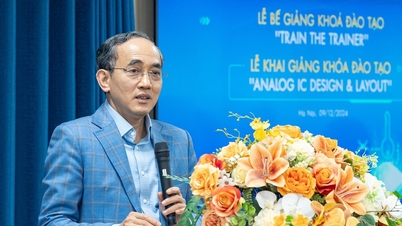


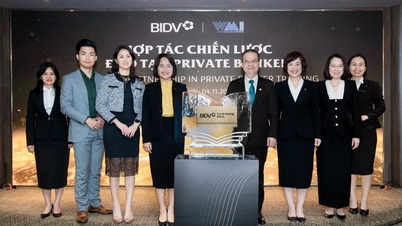






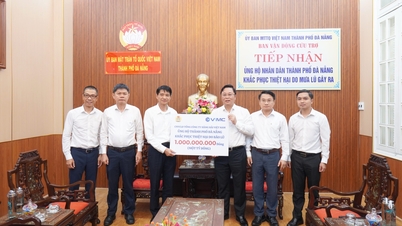








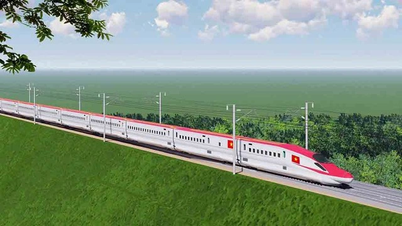





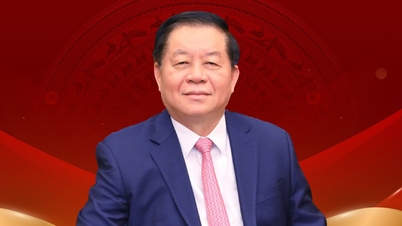
















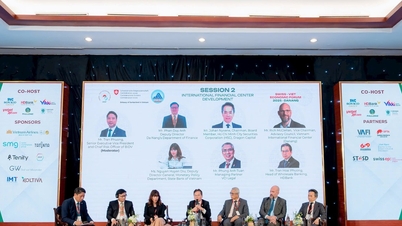




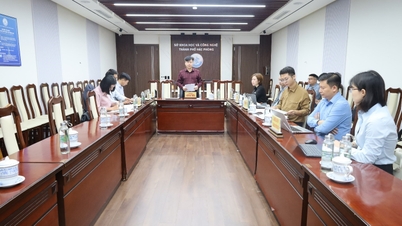









Comment (0)